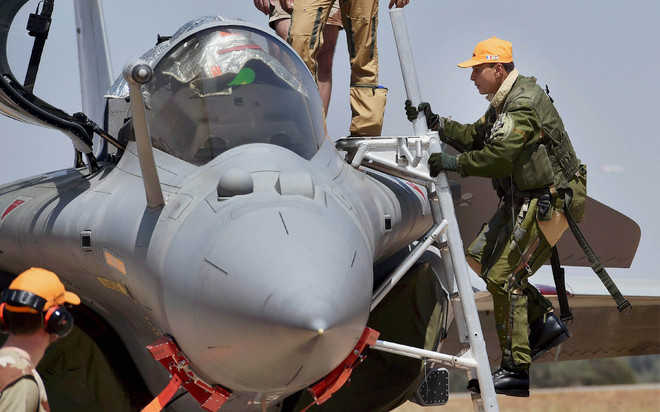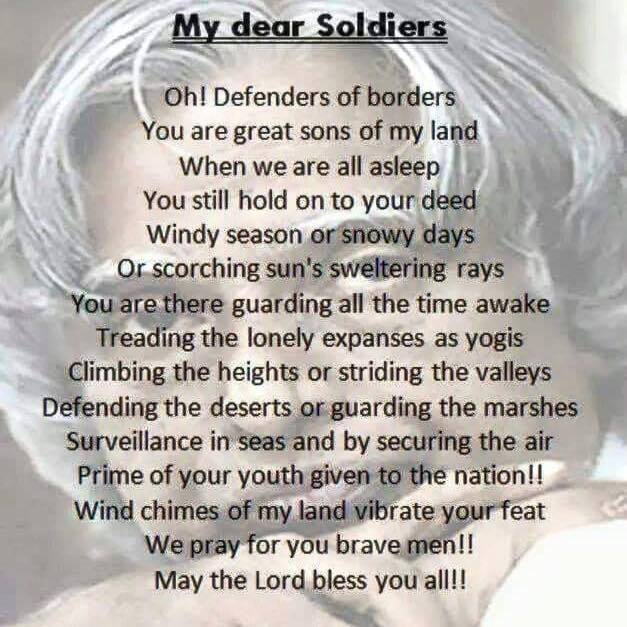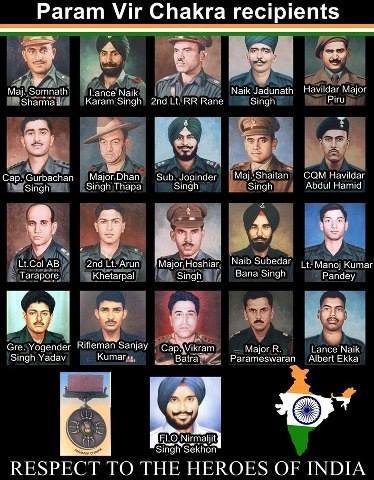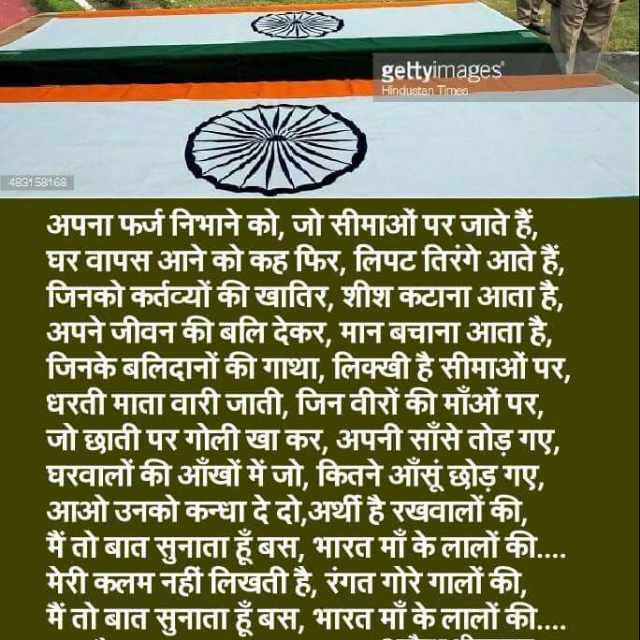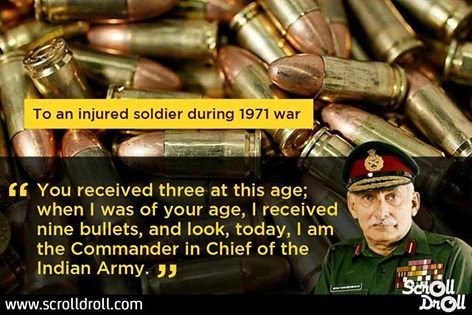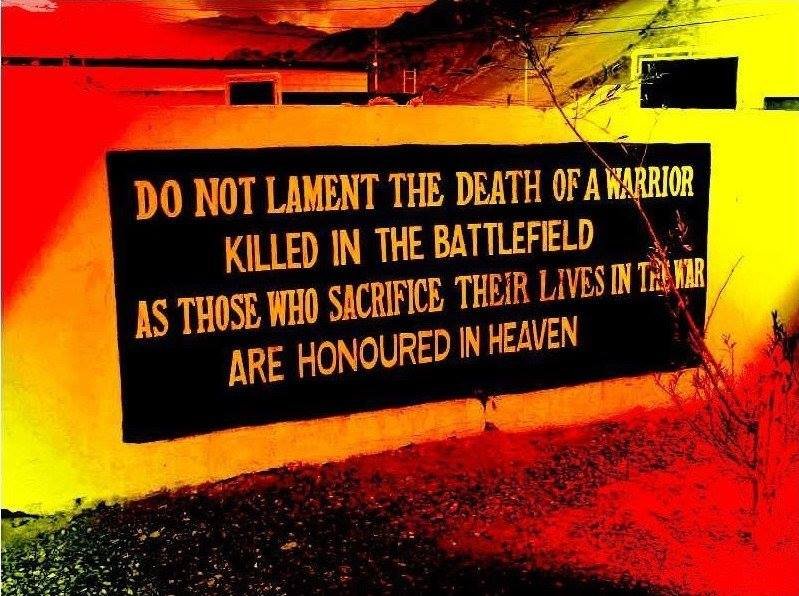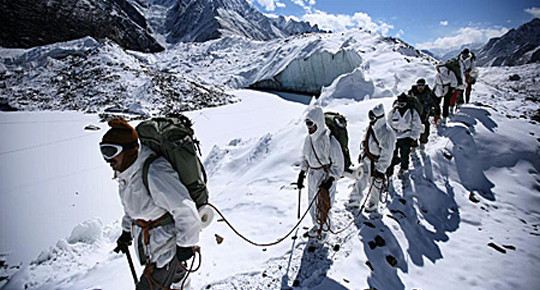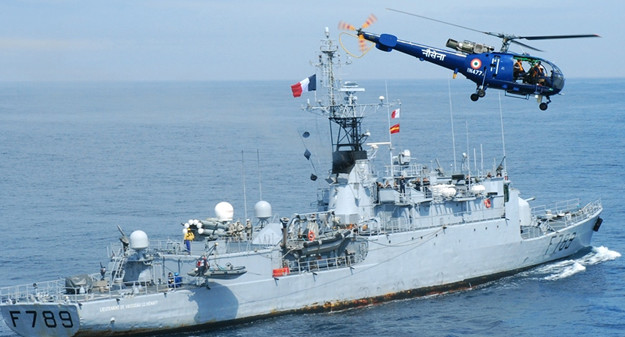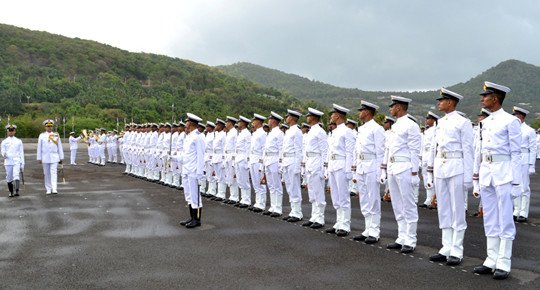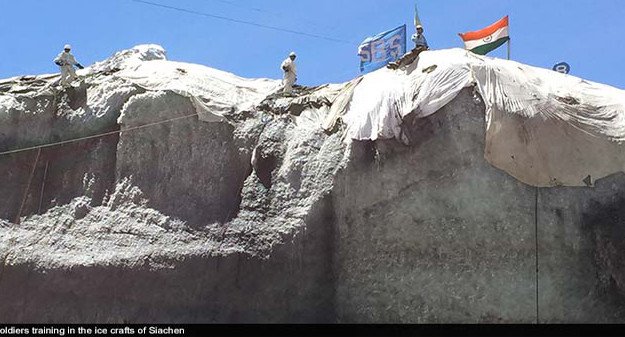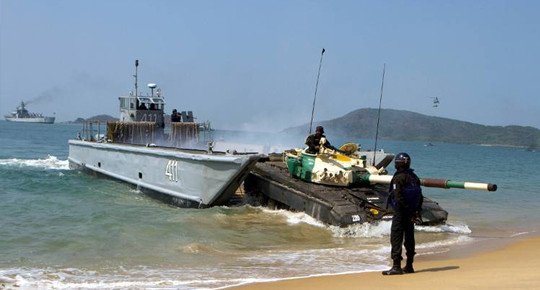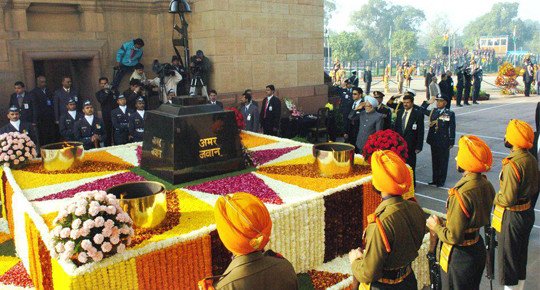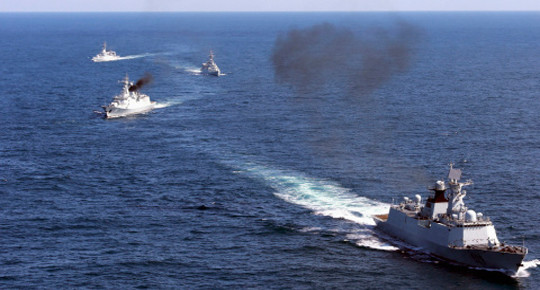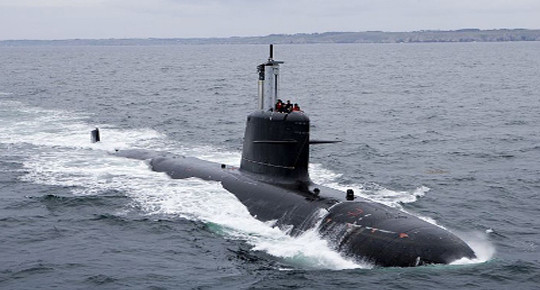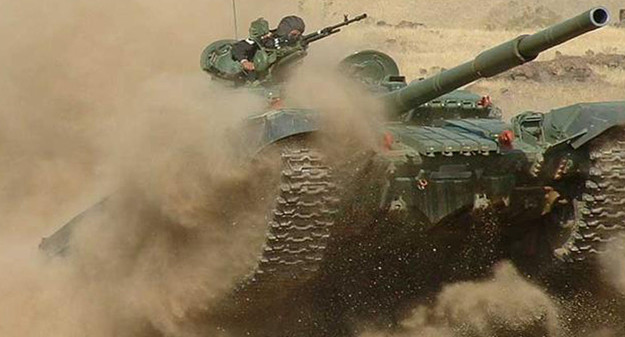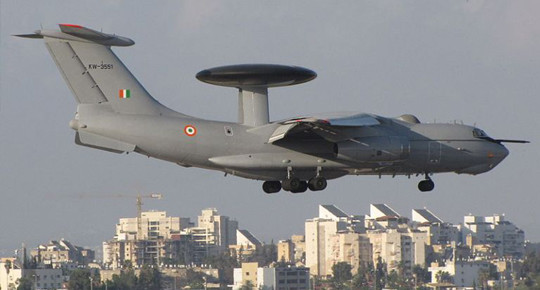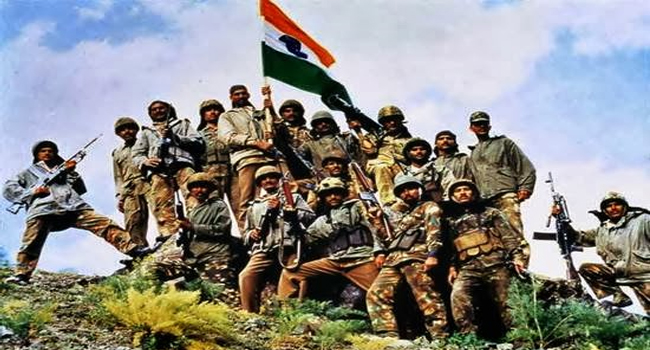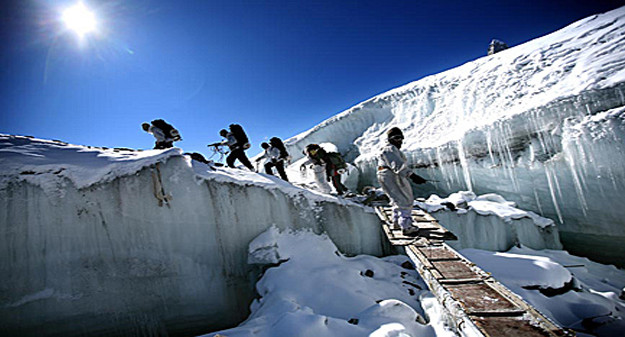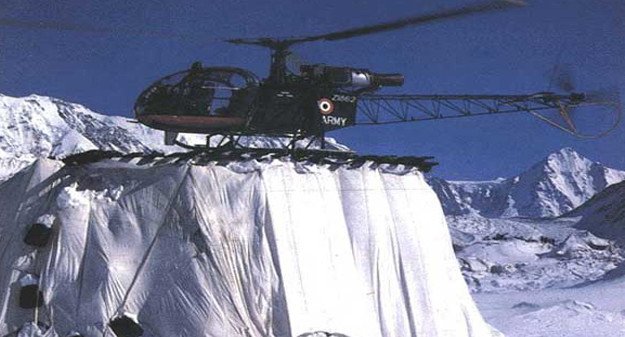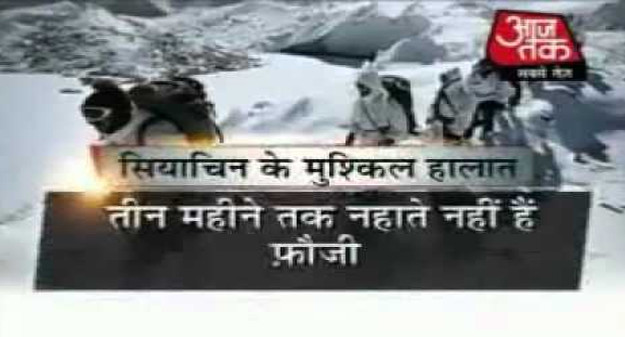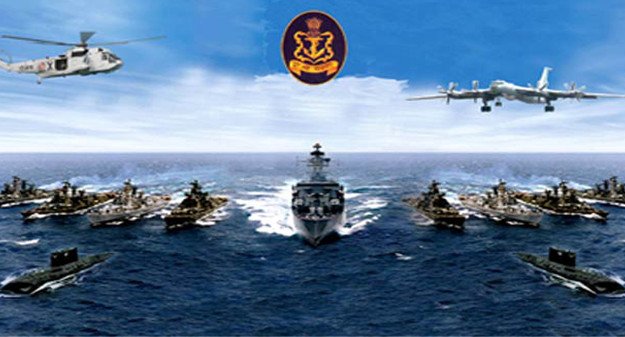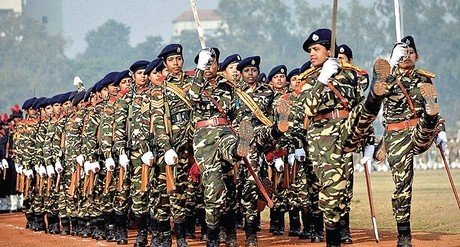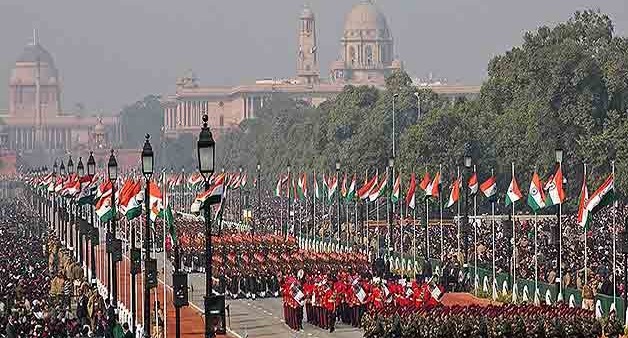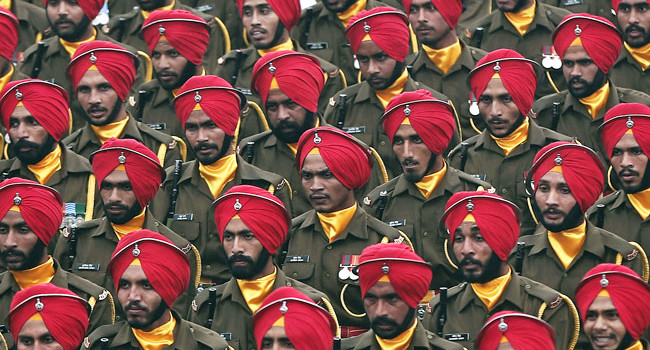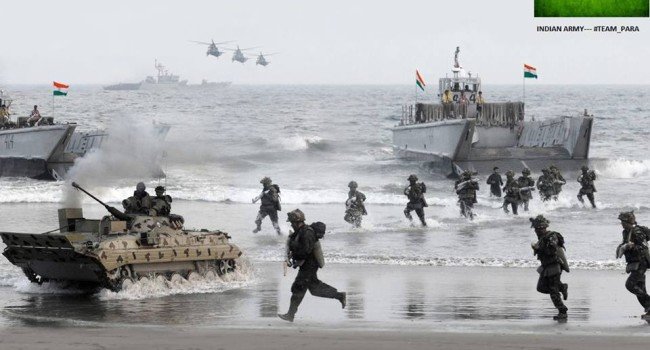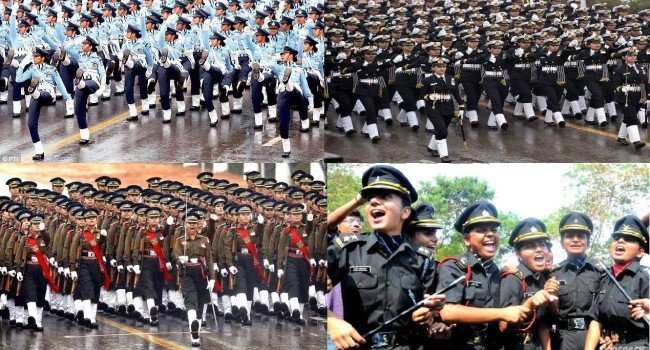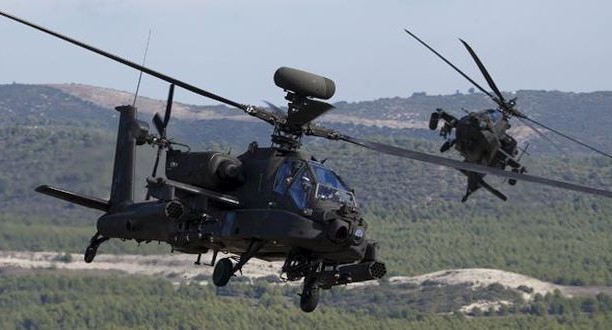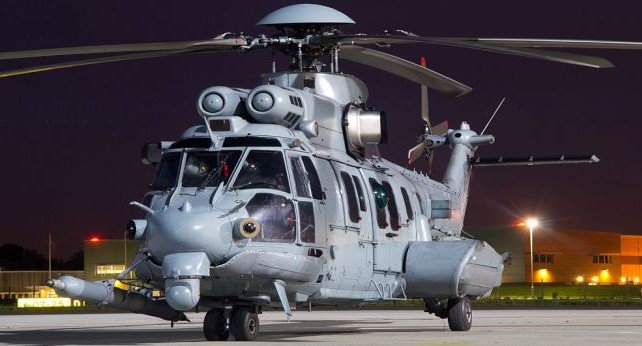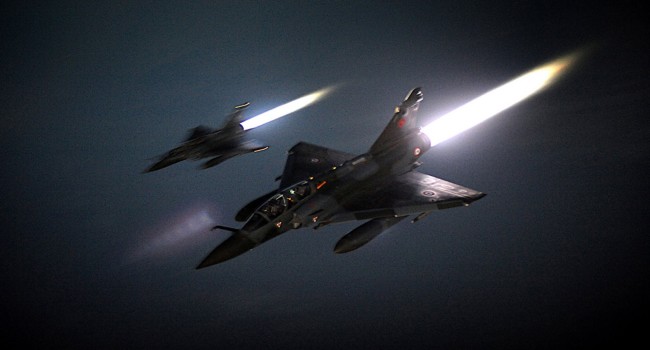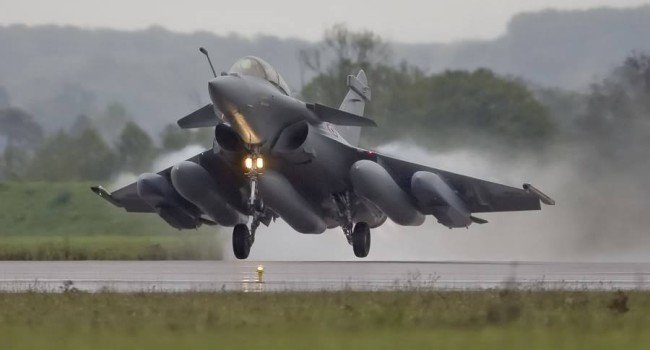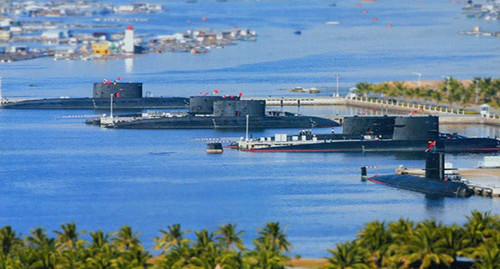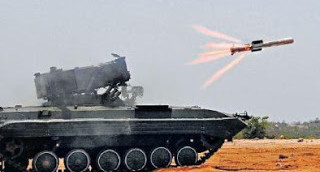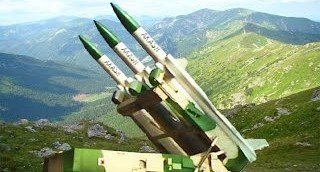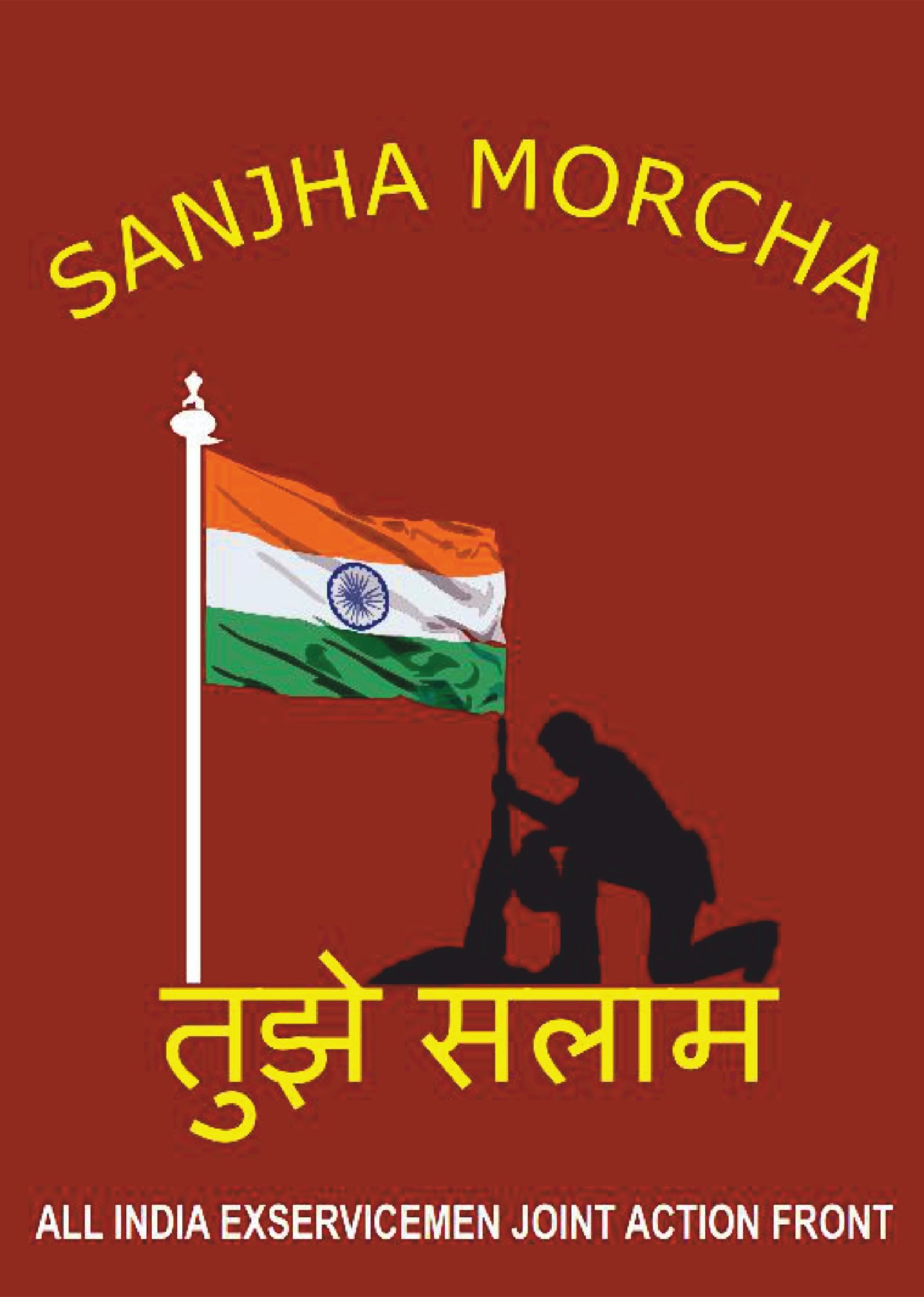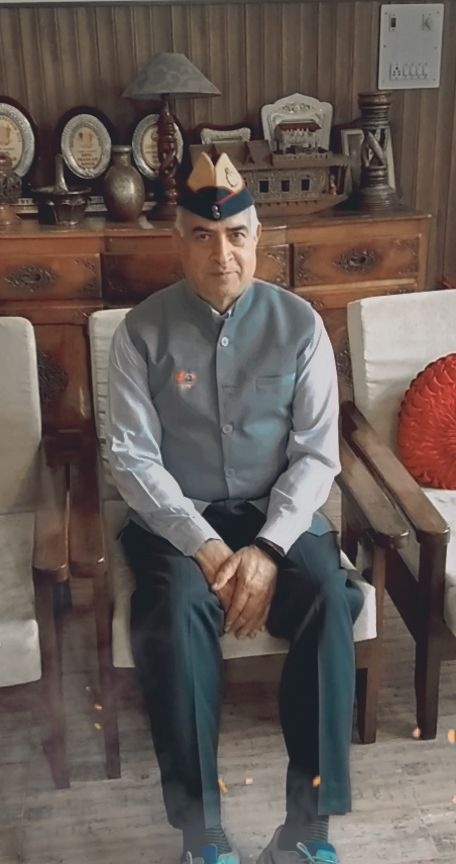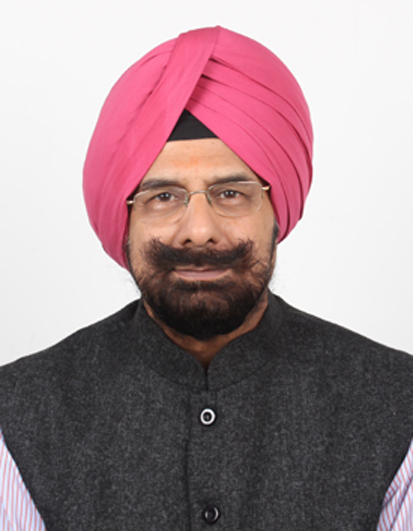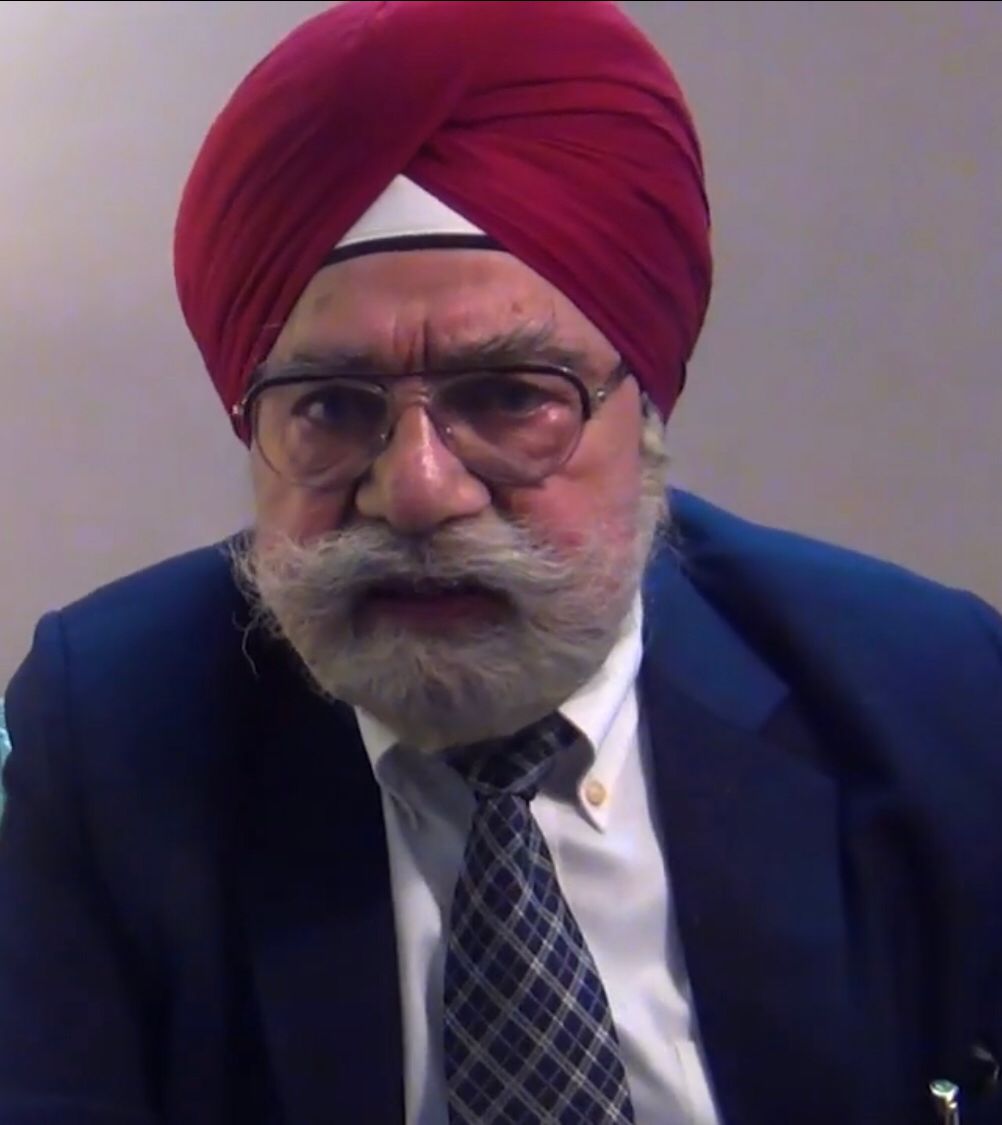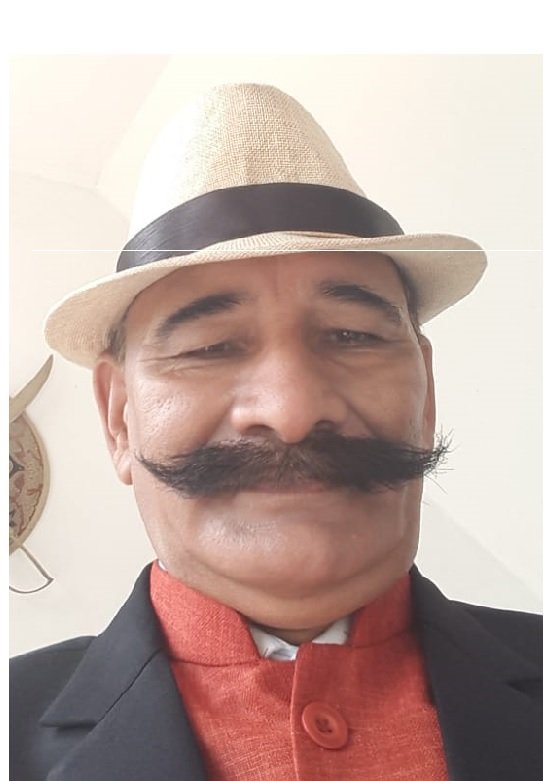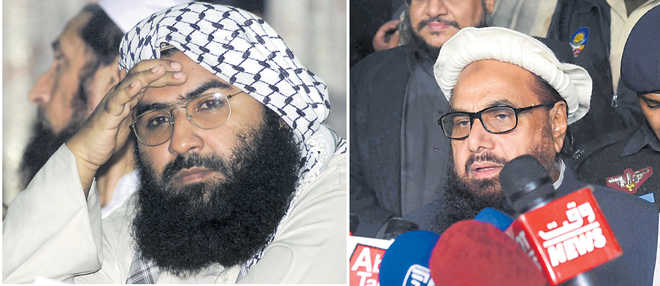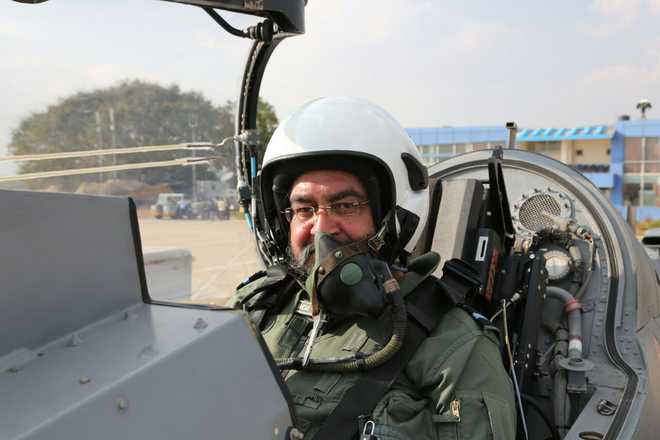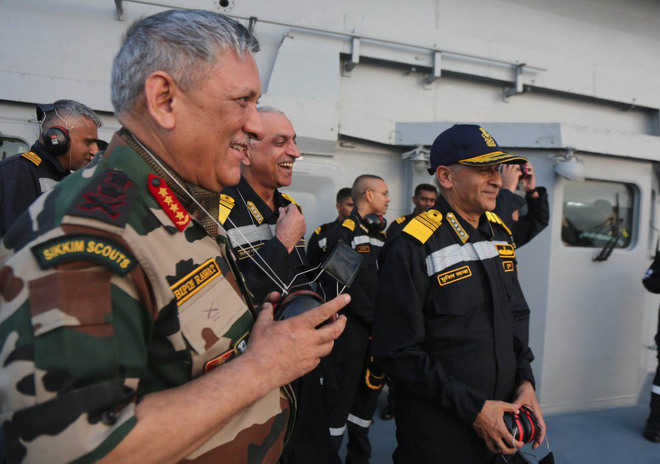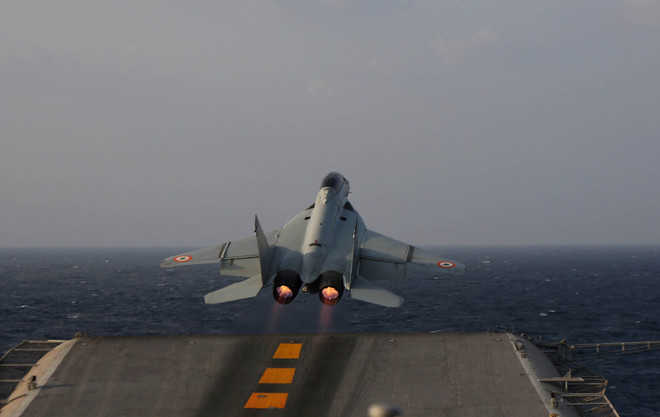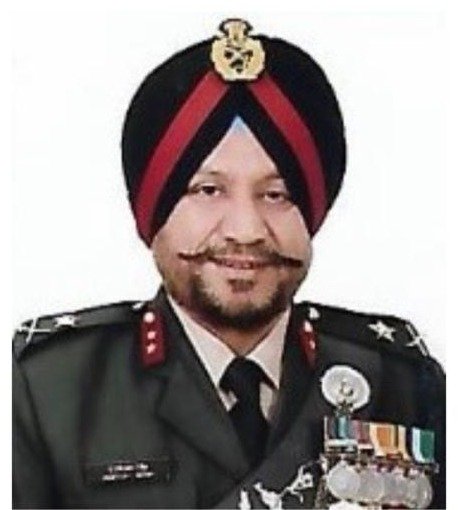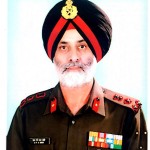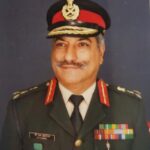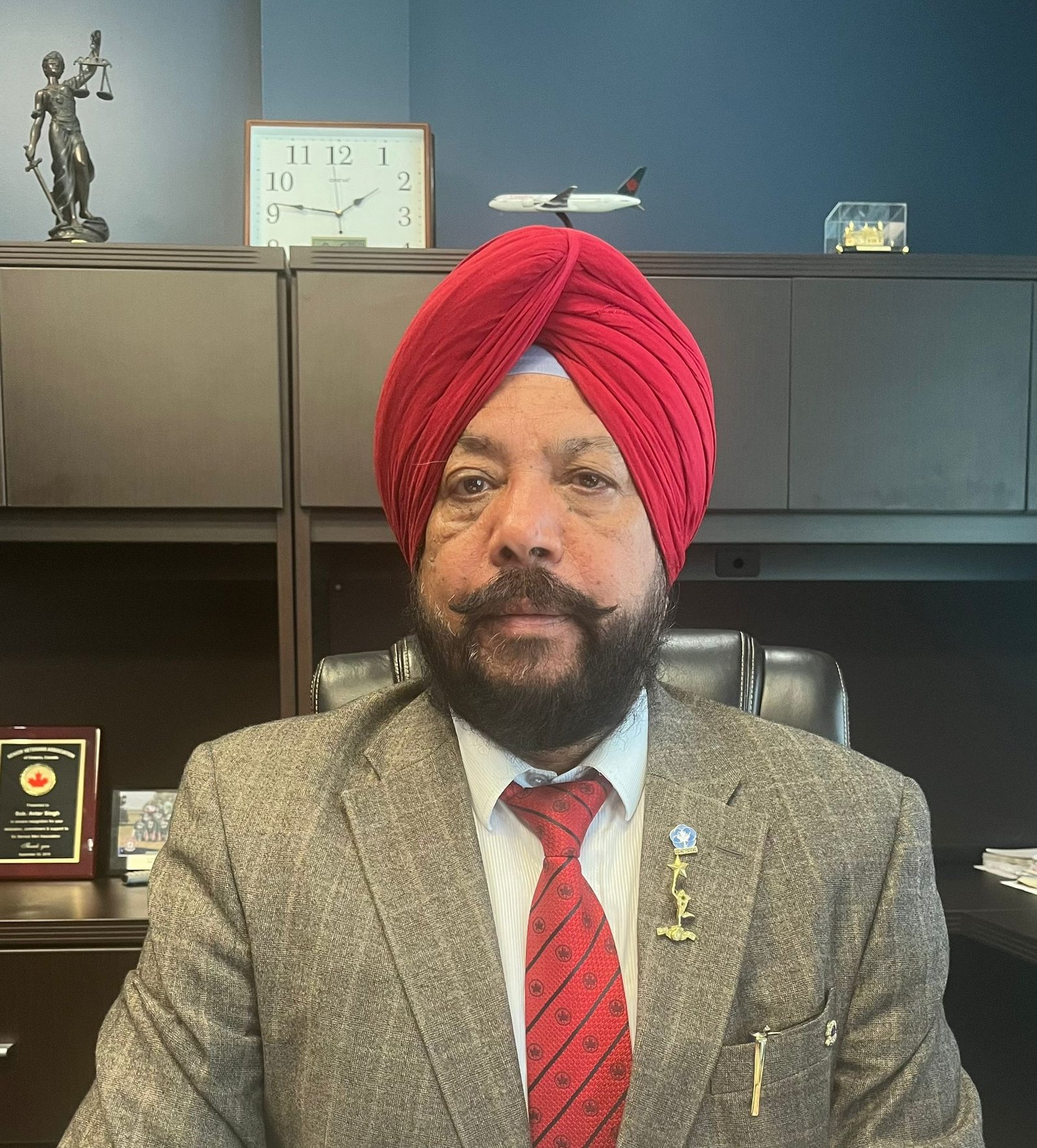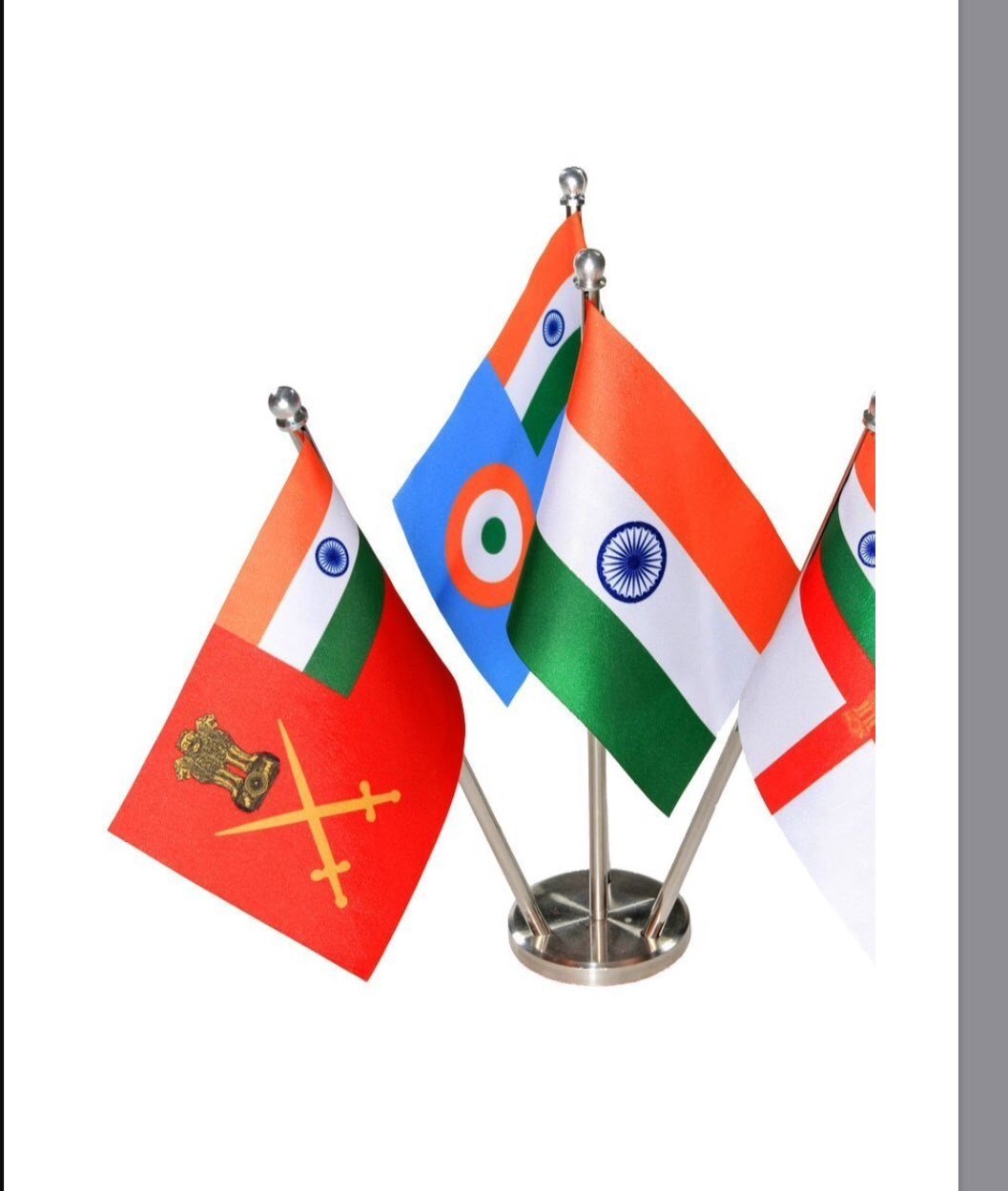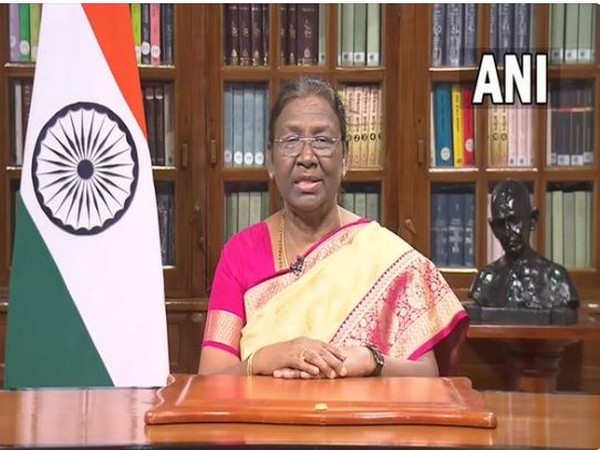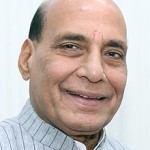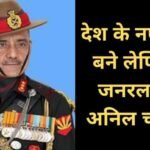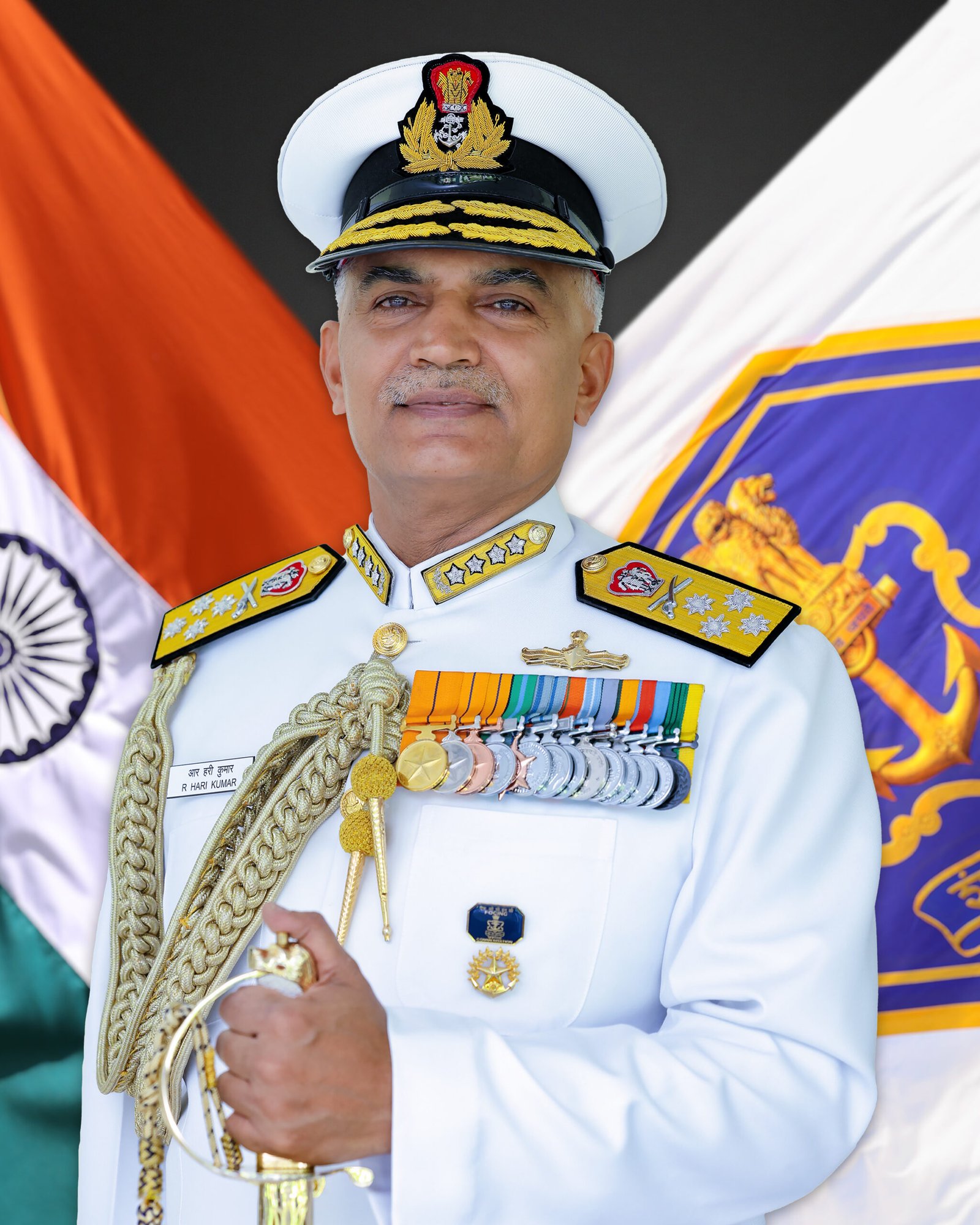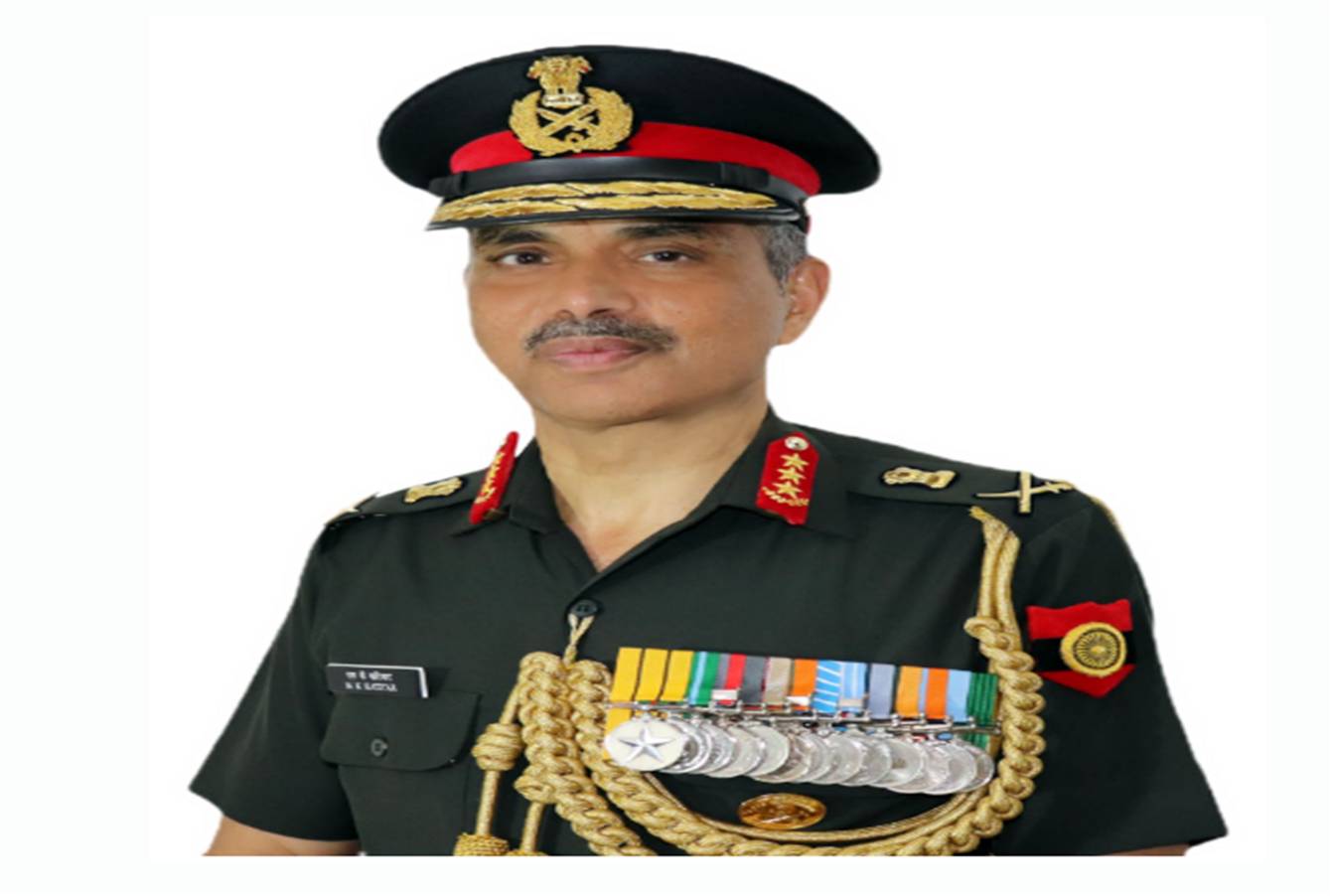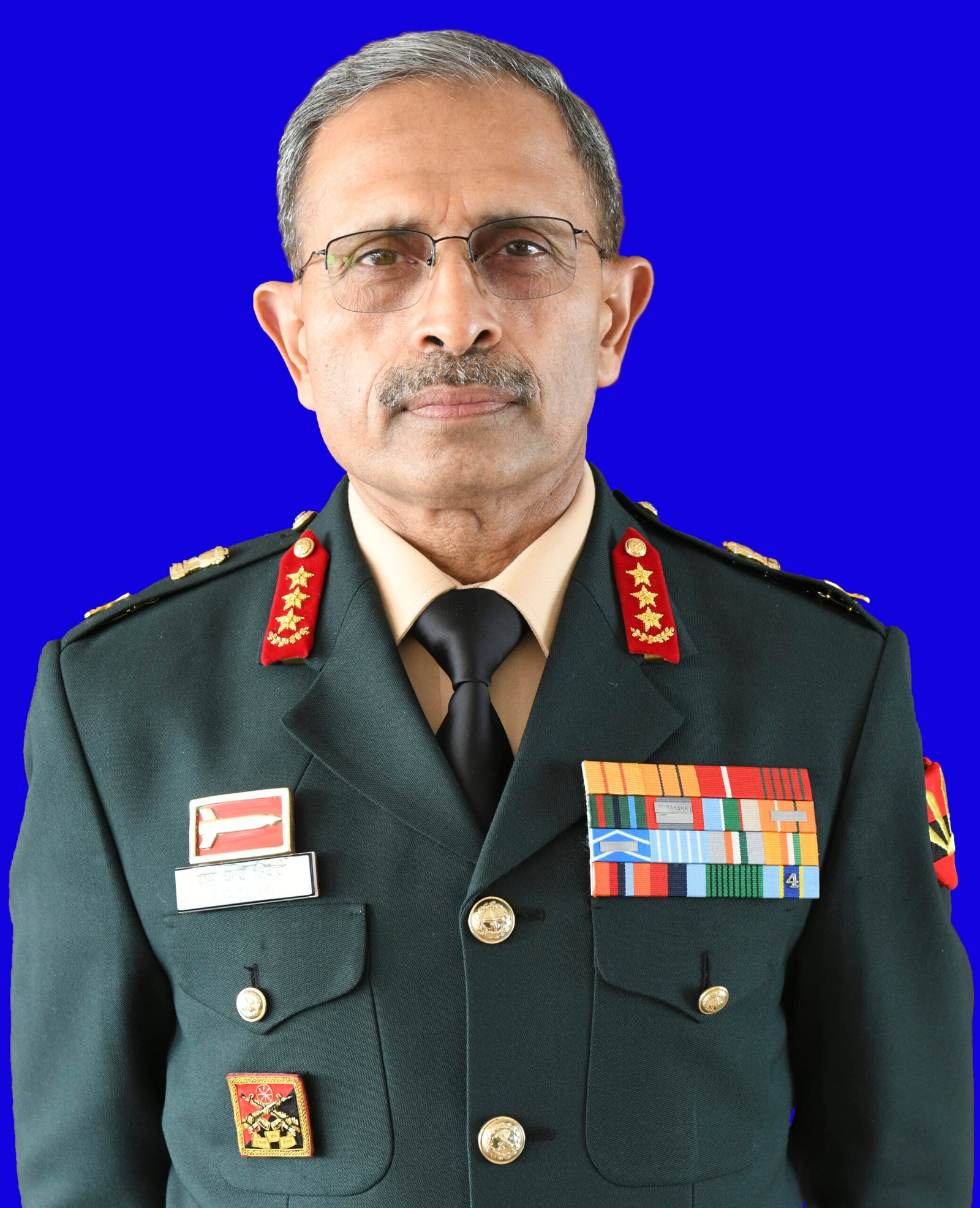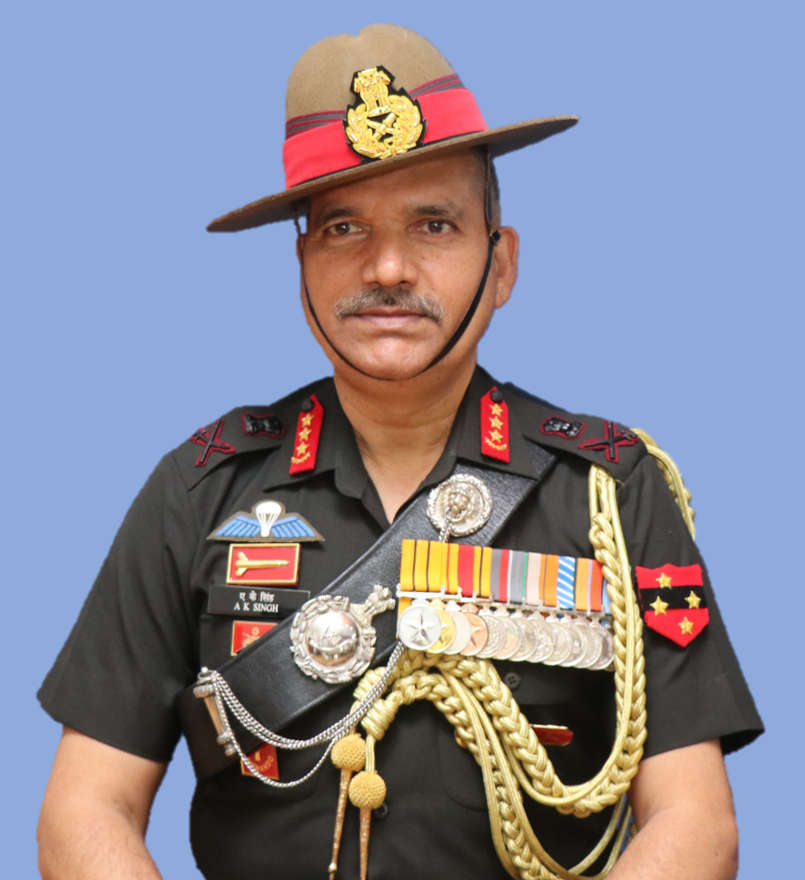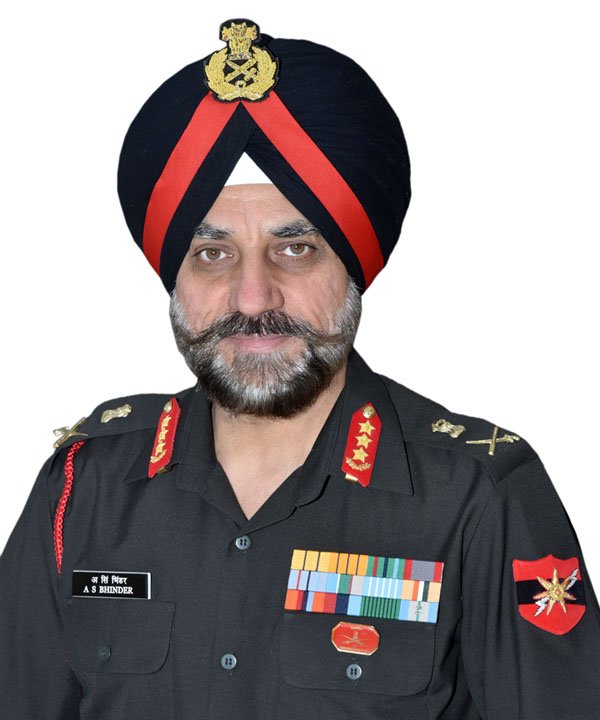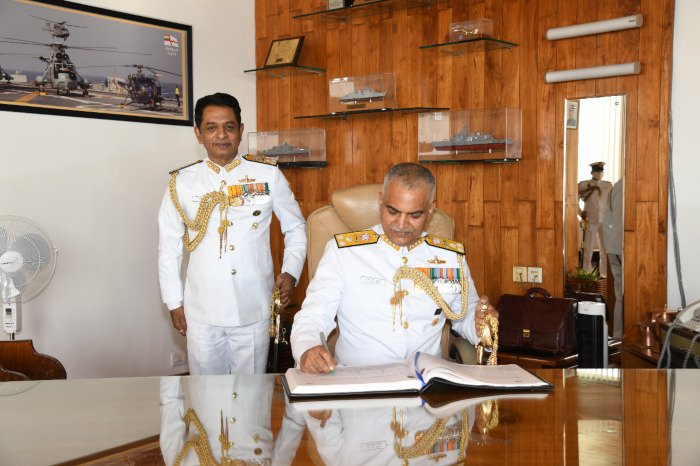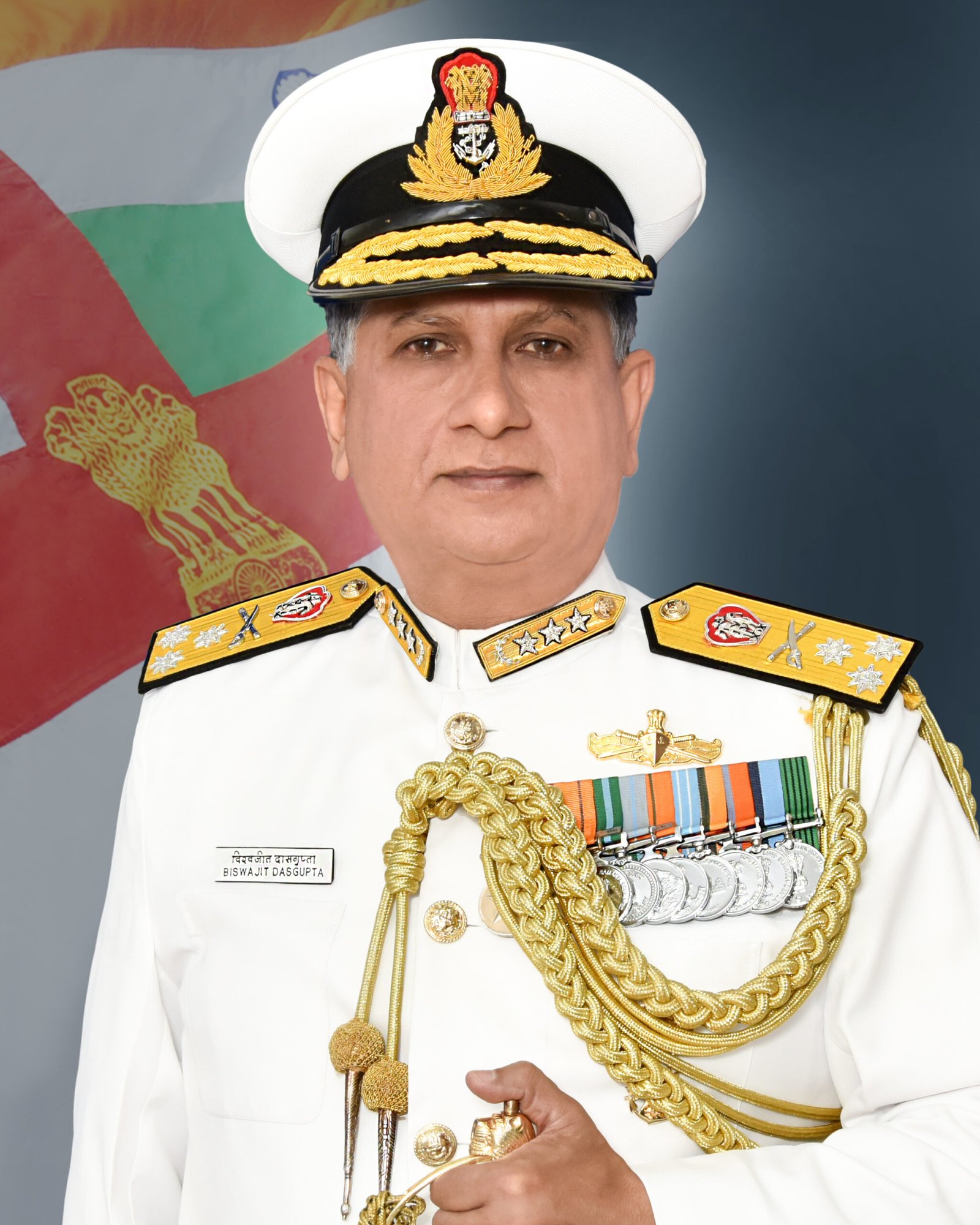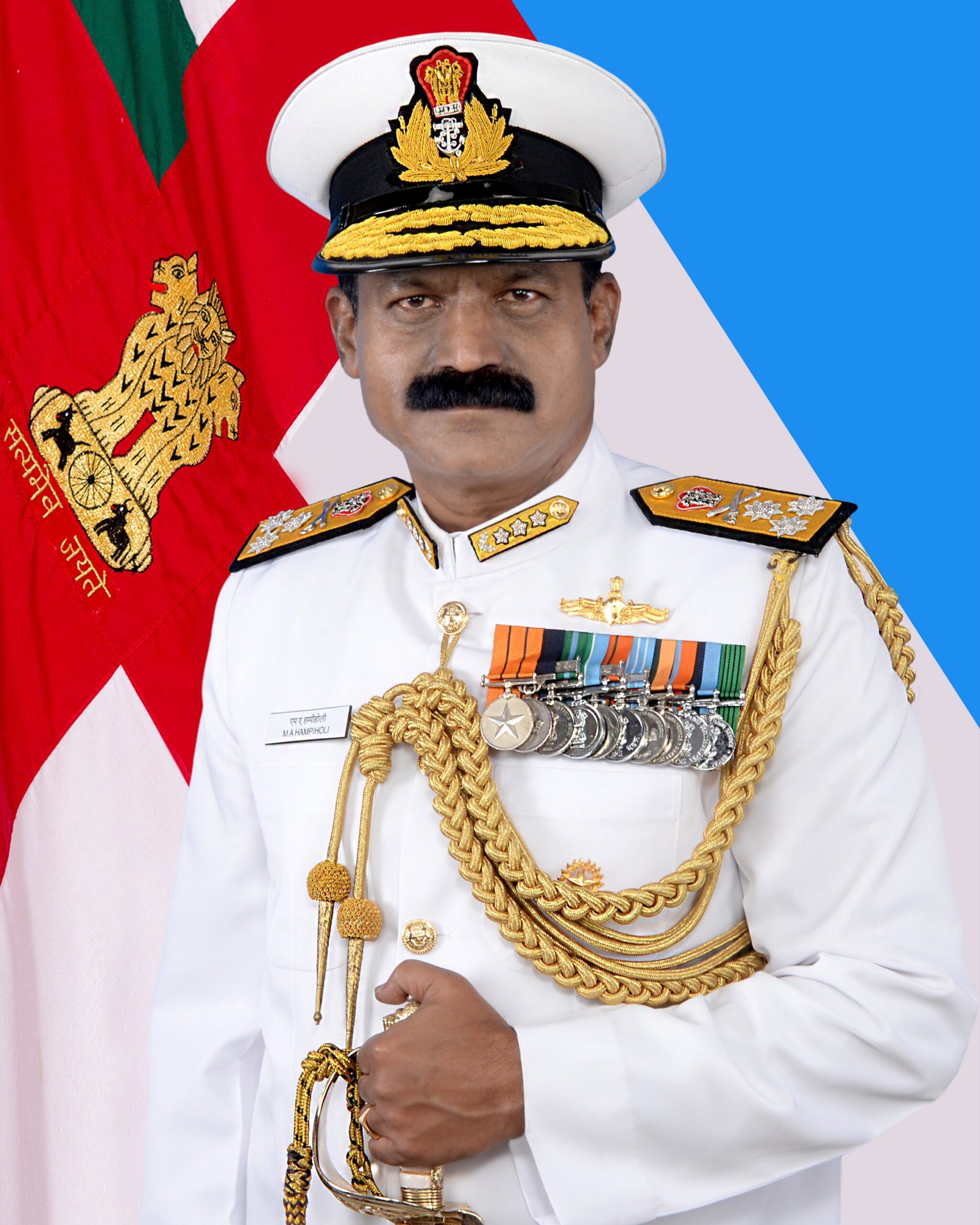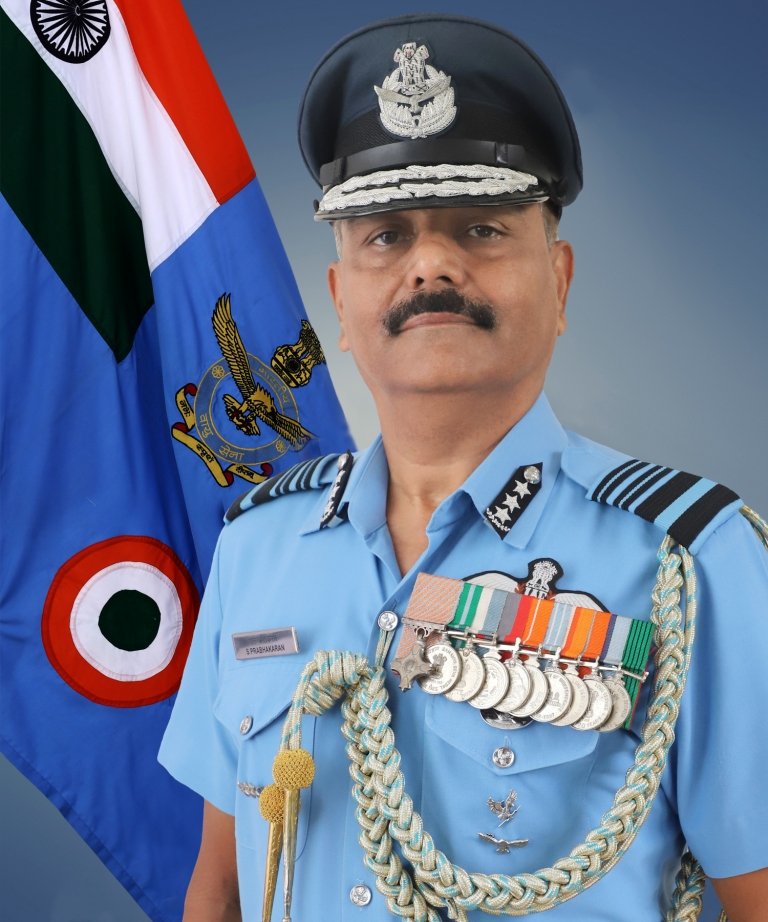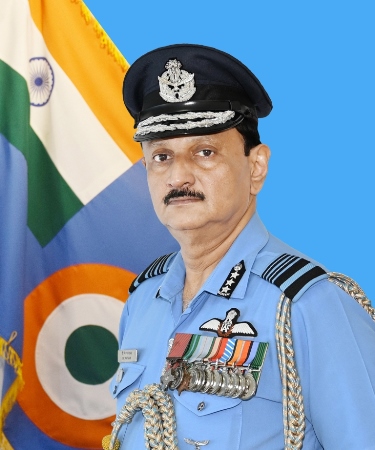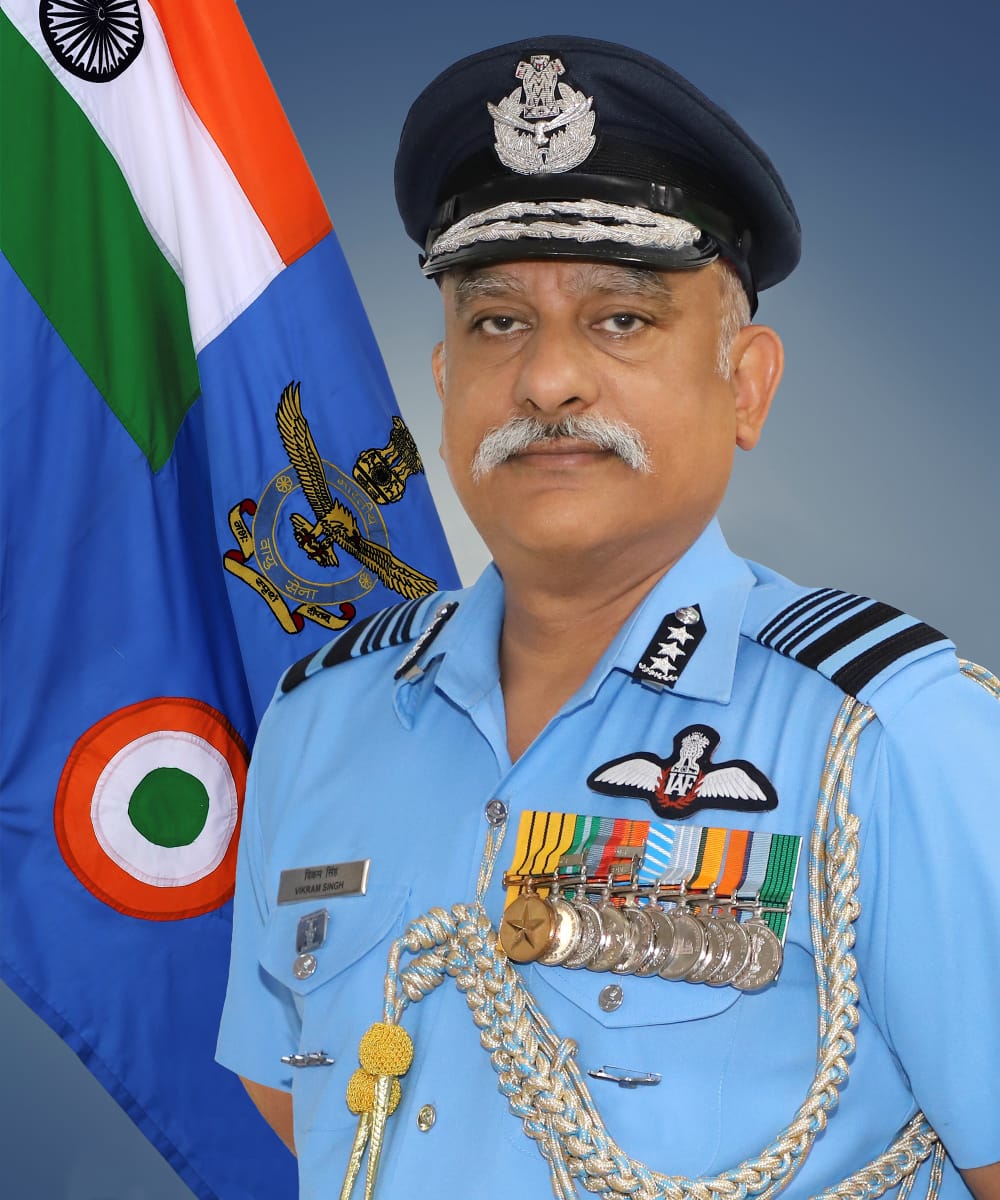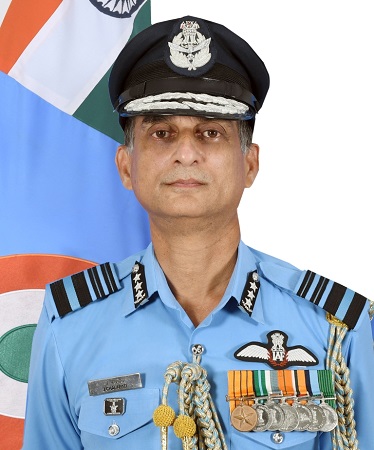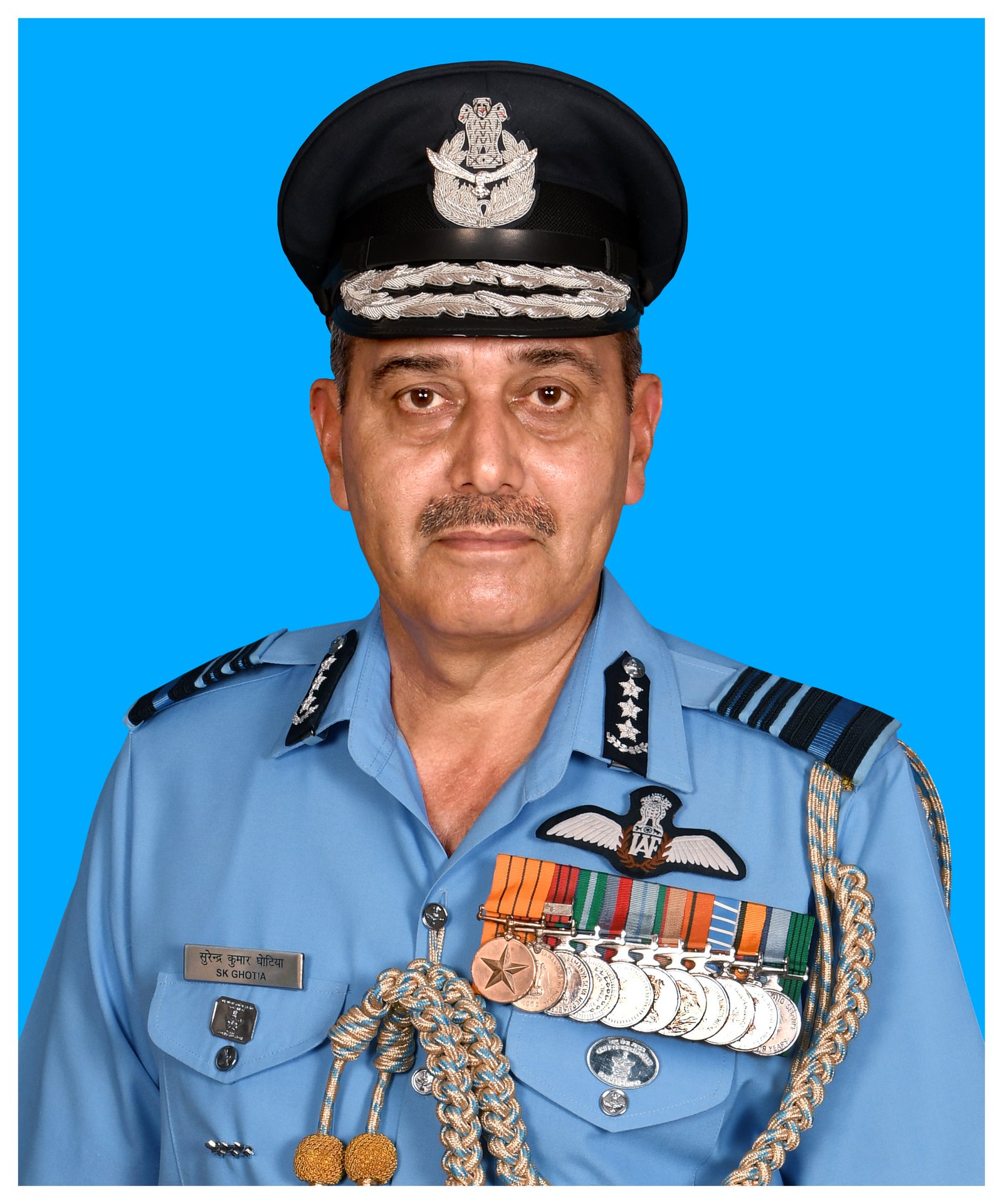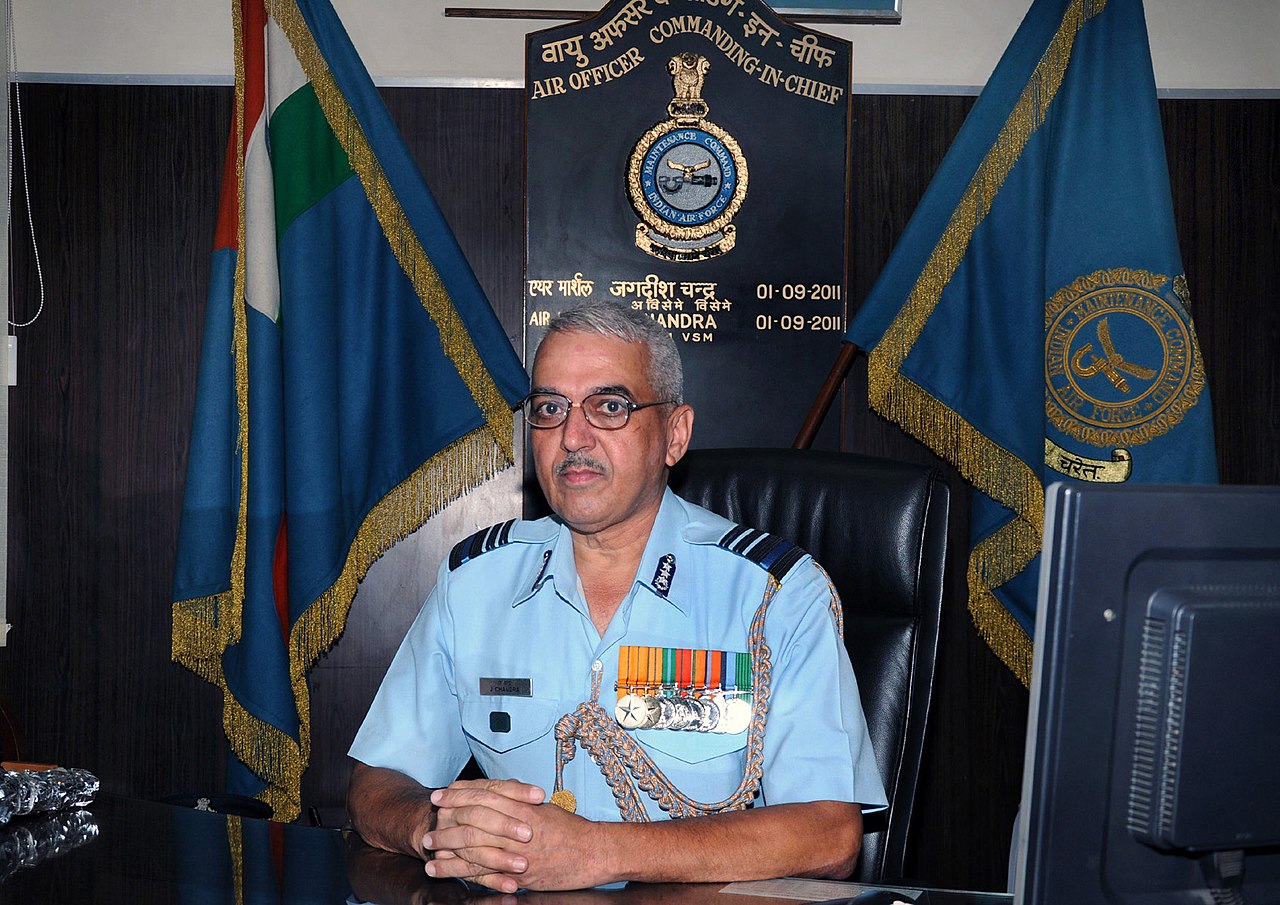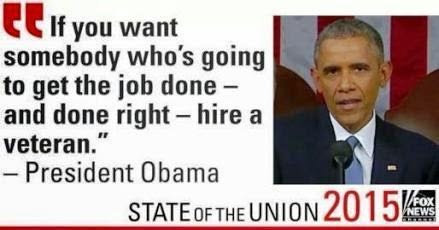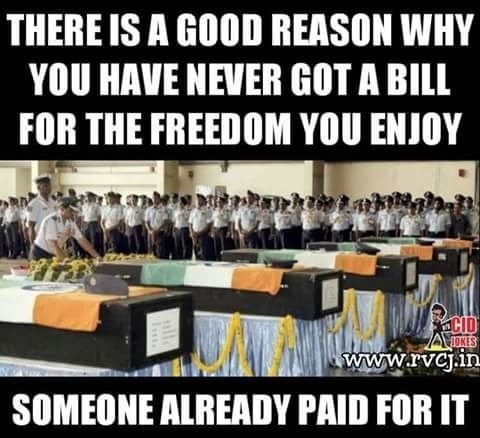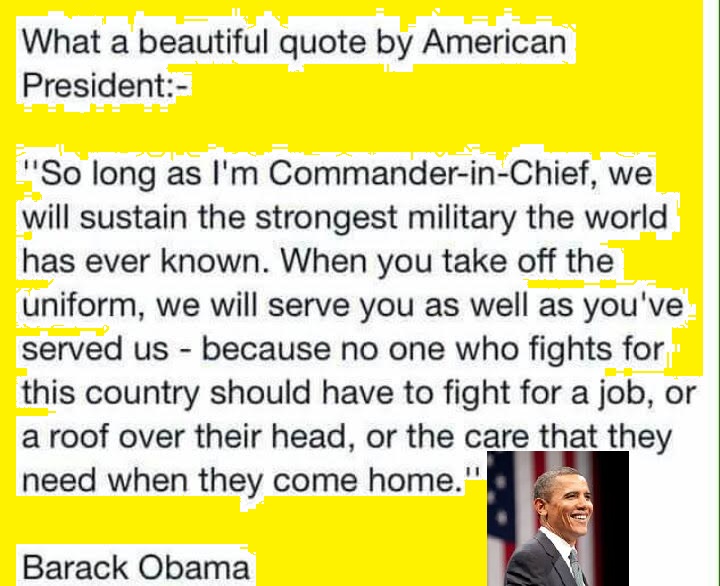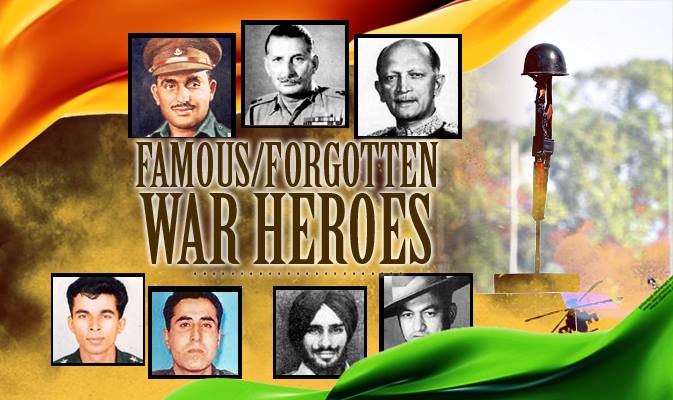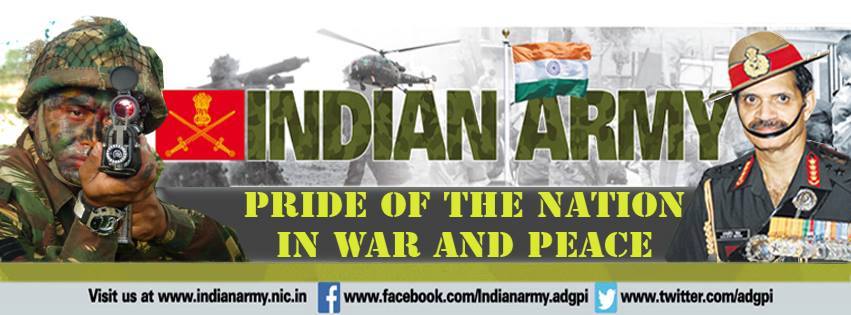DGR is entrusted with the responsibility of preparing retiring service personnel, ex-servicemen and widows / wards of deceased personnel to enhance their qualifications and enable them to seek second career. Training for their resettlement in civil life is one of the major functions of DGR. The training programs are conducted through Government, semi-Govt. and private institutions of repute at various places in the country. Resettlement training programme covers a wide range of subjects. The Annual Training Programme is posted on the DGR web site for ready reference The training programmes are organized under three categories:-
(a)Officers’ Training. For serving officers in the last two years of service and for retired/released officers’ within three years from release or up to 60 years, whichever is earlier. The serving officers, undergoing resettlement training, are treated on duty up to a maximum period of six months but they are not paid any traveling, daily allowance and are not entitled to travel on railway warrant. The officers pay 40% of the course fee and 60% fee is paid by Govt.
(b) PBOR Training. For serving PBORs in the last two years of service. PBORs on training are considered as on temporary duty and are entitled to draw their pay and allowances. 100% course fee is paid by the Govt.
(c) Ex-Servicemen (ESM) Training. The scheme is primarily meant for those Ex-Servicemen (ESM) who could not avail the facility of resettlement training while in service and is extended to the widow/one dependent of an ESM, irrespective of whether his death is attributable to military service or not. Training is organized by RSB/ZSB. ESM would be eligible to undergo training upto five years from retirement/release or 60 years whichever is earlier.
DGR, a department under the Defence Ministry, looks after post retirement employment of officers and men of the three services. The CBI had in May 2014 launched a preliminary probe against the DGR to look into allotment of agencies to officers/men through middlemen, multiple agencies being allotted to the same individuals, fake identity records of Army officers, and forging of identities. The CBI is investigating at least 108 suspects for massive irregularities in the Directorate General of Resettlement (DGR) of the defence ministry that deals with the resettlement of ex-servicemen after their retirement from the service.
Over three years after the allegations first surfaced, the Army has ordered a Court of Inquiry (CoI) into the alleged wrongdoings by the Directorate General of Resettlement (DGR) — the department tasked with ensuring post-retirement employment to services personnel. The high-level inquiry, headed by a Lt General and two Major Generals, will begin work early .The CBI is already probing allegations against the DGR.
“The inquiry has been ordered on the directions of Headquarters, Western Command .The inquiry will be presided by a Lt Gen ,DG, Information Technology (IT). It will look into the allegations of irregularities, illegalities in functioning of DG Resettlement. The inquiry will cover period starting from October 2008.” The Preliminary Enquiries (PE) registered by the agency in May last are now in advanced stages of investigation, CBI sources said. They reveal how officers of the three services were provided employment in multiple agencies affiliated with the DGR, at least 71 cases wherein two officers with same identity number were given employments and even offices were registered from places that never existed. Interestingly, in one of the cases, seven training institutes under the DGR have been registered at just one place in Nagal Raya-New Delhi. The CBI started the probe after being directed by the Delhi High Court in January last following a petition. The three PEs show that eight officers-seven Army officers and an IAF Wing Commander-have been given four post-retirement employments by the DGR. This is in complete violation of the DGR rules that allow one employment to “unemployed” individuals.
Take for instance, an officer, a retired Wing Commander, was provided facilities by the DGR to operate four companies-a security agency, a coal loading firm, a Union government counsel with the Zilla Sainik board and a toll management plaza. “It is alleged that the DGR registered officers for various second careers based on false affidavits, fake documents and so on..In some cases, civilians based on fake documents were registered for various second careers through DGR in active connivance with DGR officials,” the PE says. Similarly, under scanner are 26 officers involving the seniormost of the lot an Air Commodore, for dual employment on basis of “fake documents”. In yet another case, 71 cases of jawans, with two individuals having same service numbers are being provided employment by the DGR.
The rule book has been blatantly violated by the DGR officials, according to the PE. What is also under the scanner are service tax evasion cases pertaining to 45 security service agencies across Maharashtra, Tamil Nadu, Rajasthan, West Bengal besides others-allotted to retired Army/ IAF personnel, that run into crores of Rupees besides provident funds to the tune of Rs 1.5 crore by 11 such firms.”The aforesaid acts of omission and commission of ex-servicemen constitute gross misconduct on their part which have resulted in undue pecuniary benefit to firms and persons mentioned in list of accused and corresponding loss to the exchequer. A preliminary enquiry is therefore registered against the firms and persons..and unknown officers,” the PE says. A questionnaire to the defence ministry has not been replied to.
Cases of tax evasion, to the tune of multiple crores, are also under the scanner of tax authorities. The DGR also sells old, out-of-use vehicles of the Army to retired military men. Interested parties have to submit security deposits with the DGR before purchasing the vehicles. It has been alleged that over three years, between 2009-11, deposits worth Rs 2.56 crore have gone missing from the DGR accounts. In fact, the Army also registered an FIR at R K Puram Police Station against an UDC (upper divisional clerk) in this regard. The latest inquiry will also look into this.
An Army officer, on condition of anonymity, said if the charges, as alleged, are established by the CoI, action will be taken against culprits. “It is important that the system that functions under DGR is cleansed. The irregularities have become a part of the system,” but , who is the whistleblower in the matter. Regarding the case, Army authorities said that DGR functions directly under the MoD and not under the Army.
#AnilBhadula
Source: Defencescan ,Wikipedia,Google & The Indian Express.
